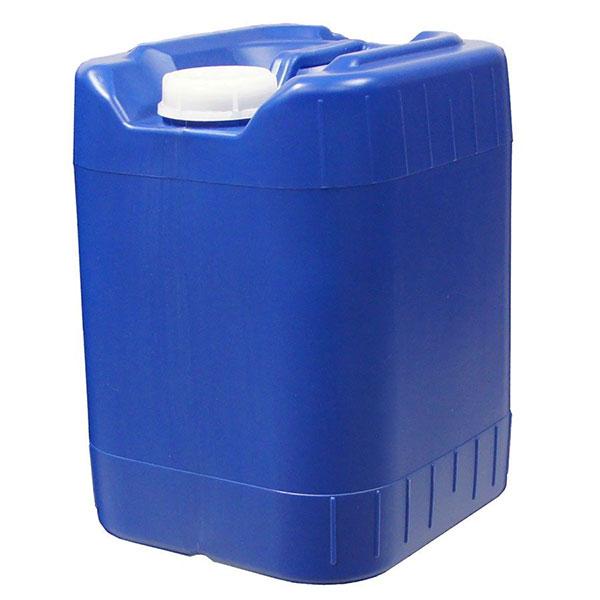One of the most overlooked aspects of emergency preparedness is water storage. Water is essential for survival, yet it’s often forgotten. After a disaster, water can become contaminated or unavailable. In such situations, having access to clean water is critical for drinking, cleaning injuries, cooking, and personal hygiene.
According to the Red Cross, you should store at least one gallon of water per person per day. In extreme weather conditions or during physical exertion, this requirement increases. Proper planning and water storage can make all the difference.
Three Ways to Store Water for Emergencies
1. Large Barrels for Bulk Storage
Large barrels are perfect for storing significant amounts of water during a “Shelter-In-Place” situation. These barrels can hold up to 55 gallons of water, but keep in mind they are not portable. A full 55-gallon barrel weighs over 400 lbs.

Scenarios like ice storms, blackouts, earthquakes, and tornadoes often require people to stay in their homes. For these events, having water stored in large barrels is essential. Be sure to use Food-Grade Plastic containers, which are specifically designed for safe water storage and extend water’s shelf life.
2. Portable Water Containers
When you need to evacuate quickly (a “Grab-and-Go” emergency situation), portable water containers are your best option. Examples include:
Ensure your containers are made from Food-Grade Plastic. This type of plastic can preserve water for up to 5 years, while other plastics may only last 1–2 years.
3. Water Purification Methods
In emergencies where your water source is contaminated, having a method to purify water is essential. Here are two reliable options:
Water Filters
A water filter, like the MSR or Katadyn filters, can make unsafe water drinkable. I recommend the MSR MiniWorks for its affordability and effectiveness. Don’t forget to purchase a maintenance kit to keep your filter functional during prolonged emergencies.
Chemical Water Purification
For quick and effective water purification, consider using purification tablets:
Purification tablets are lightweight, portable, and ideal for emergency kits.
Final Tips for Water Storage
- Always store water in cool, dark places to extend its shelf life.
- Rotate stored water every 6–12 months to ensure freshness.
- Label containers with the storage date to keep track of expiration.
- Prepare multiple water storage solutions: large barrels, portable containers, and purification methods.
By planning ahead, you can ensure that you and your family have access to clean, safe water during any emergency.



















